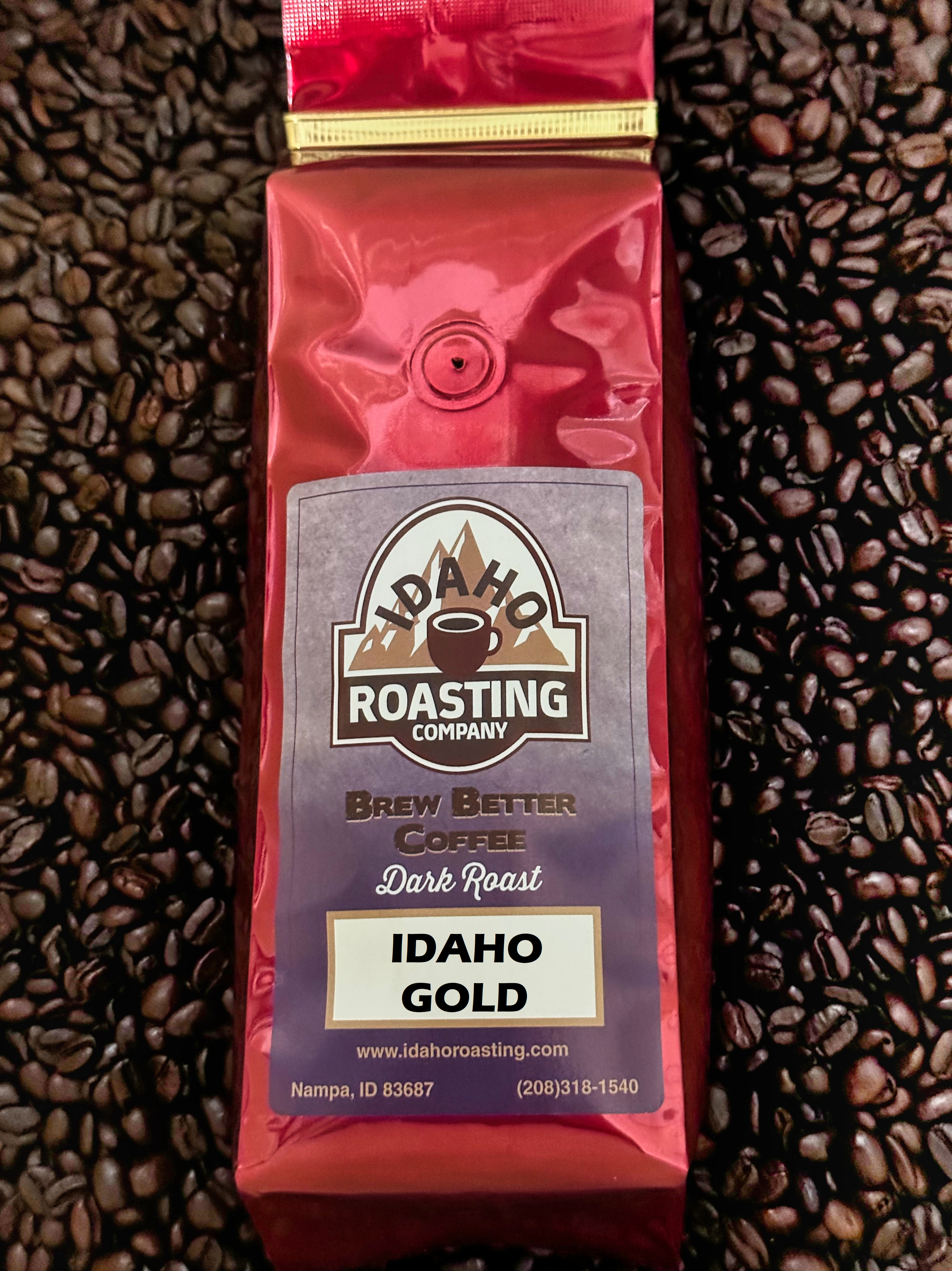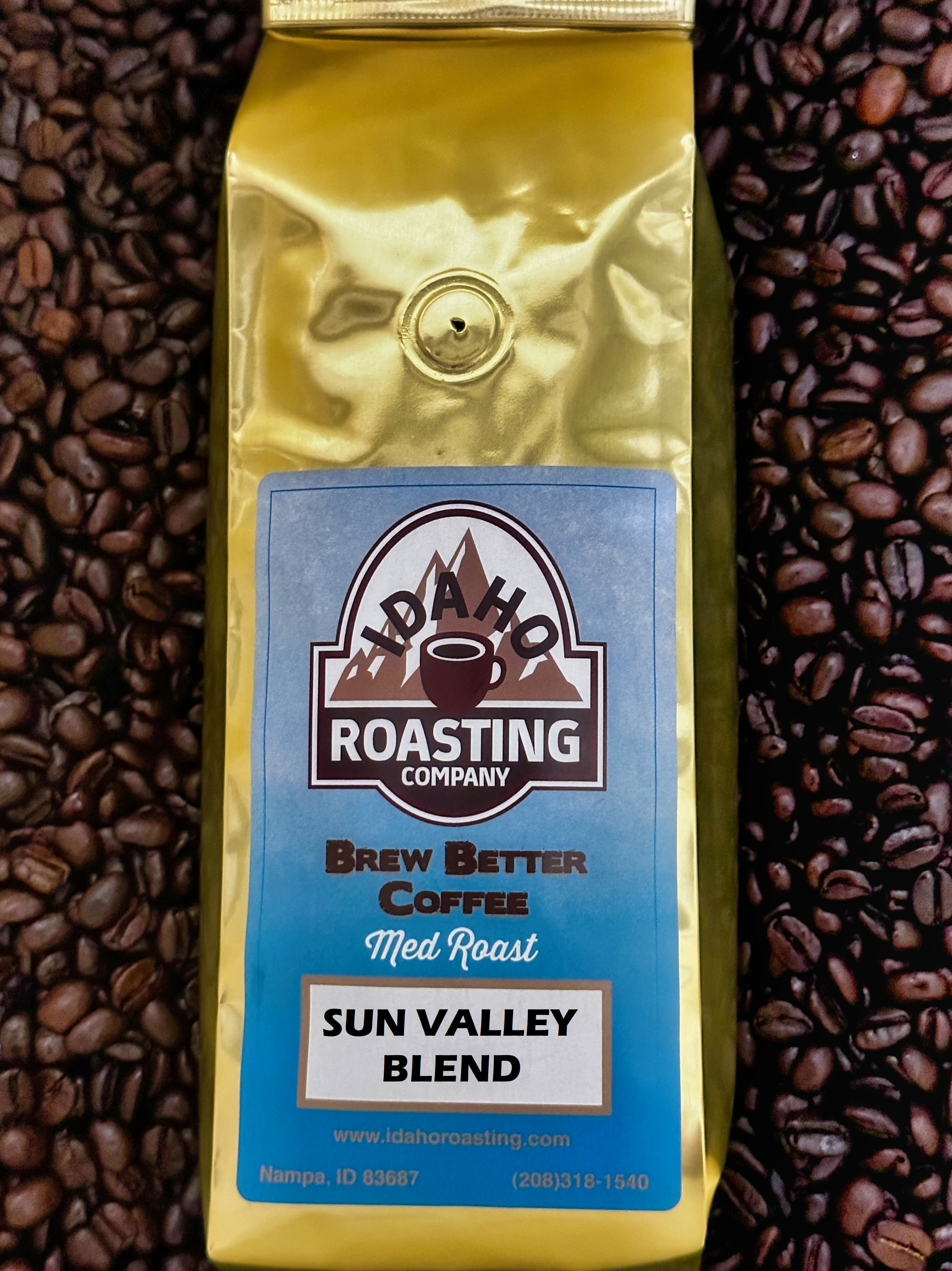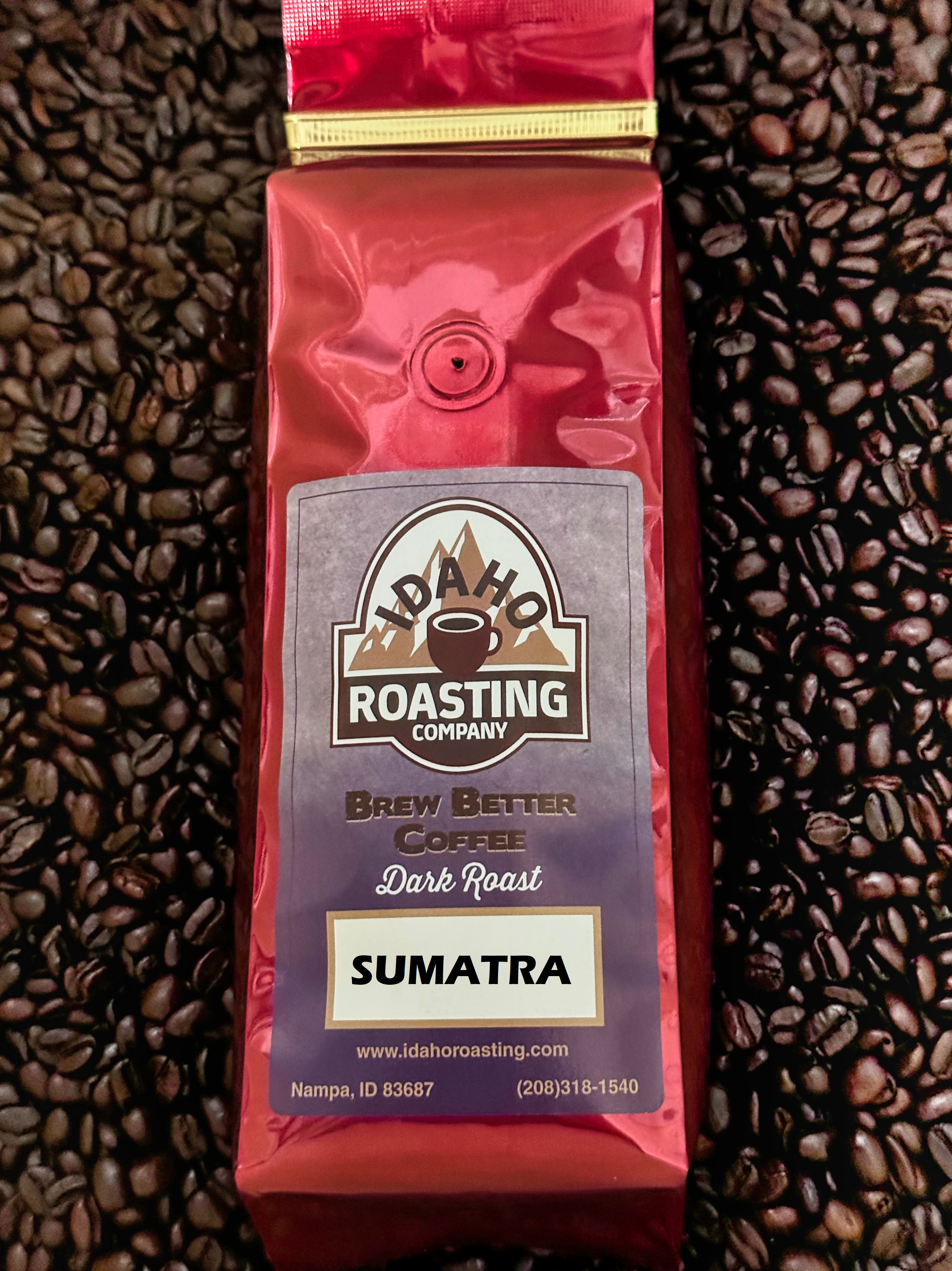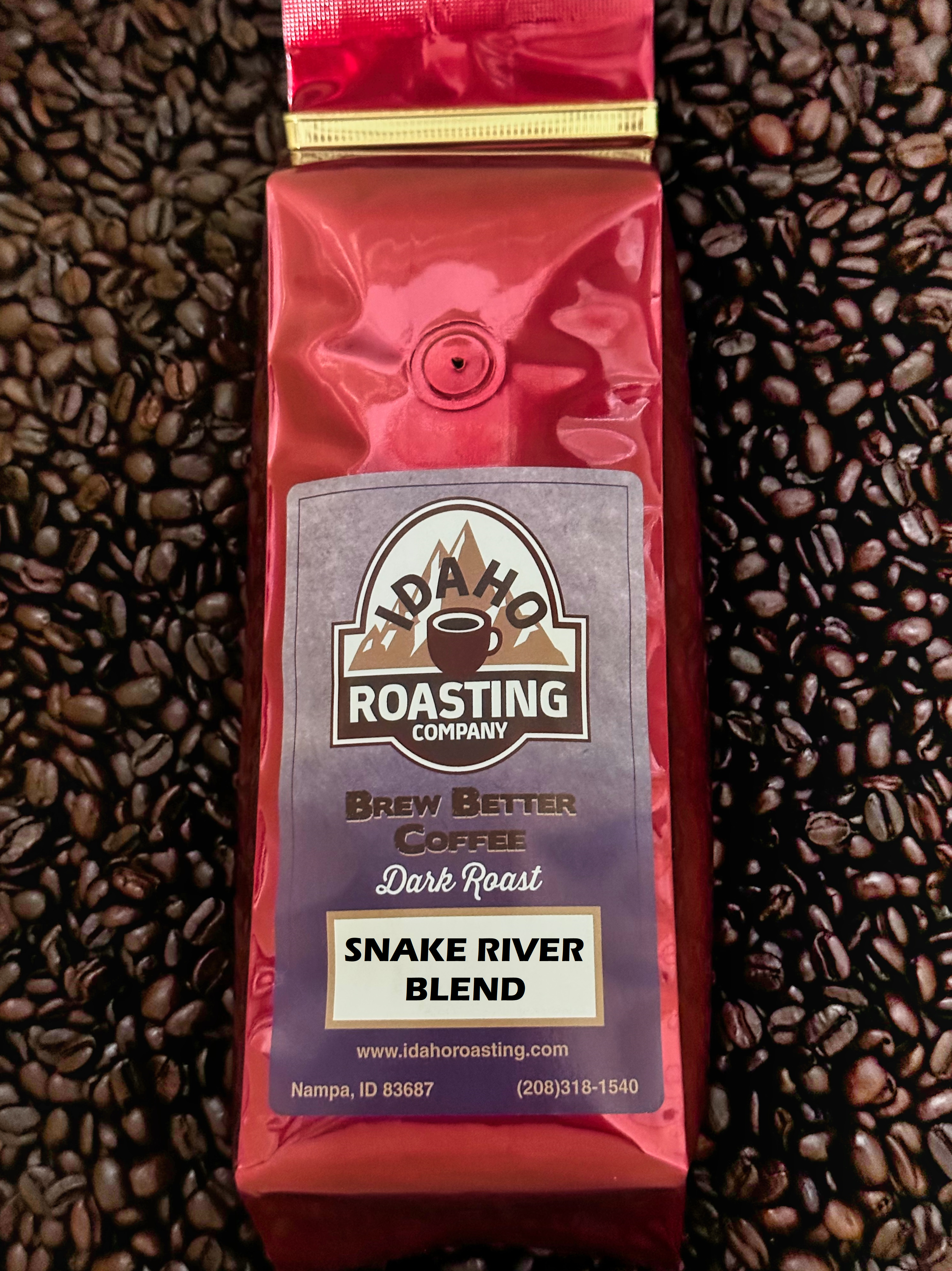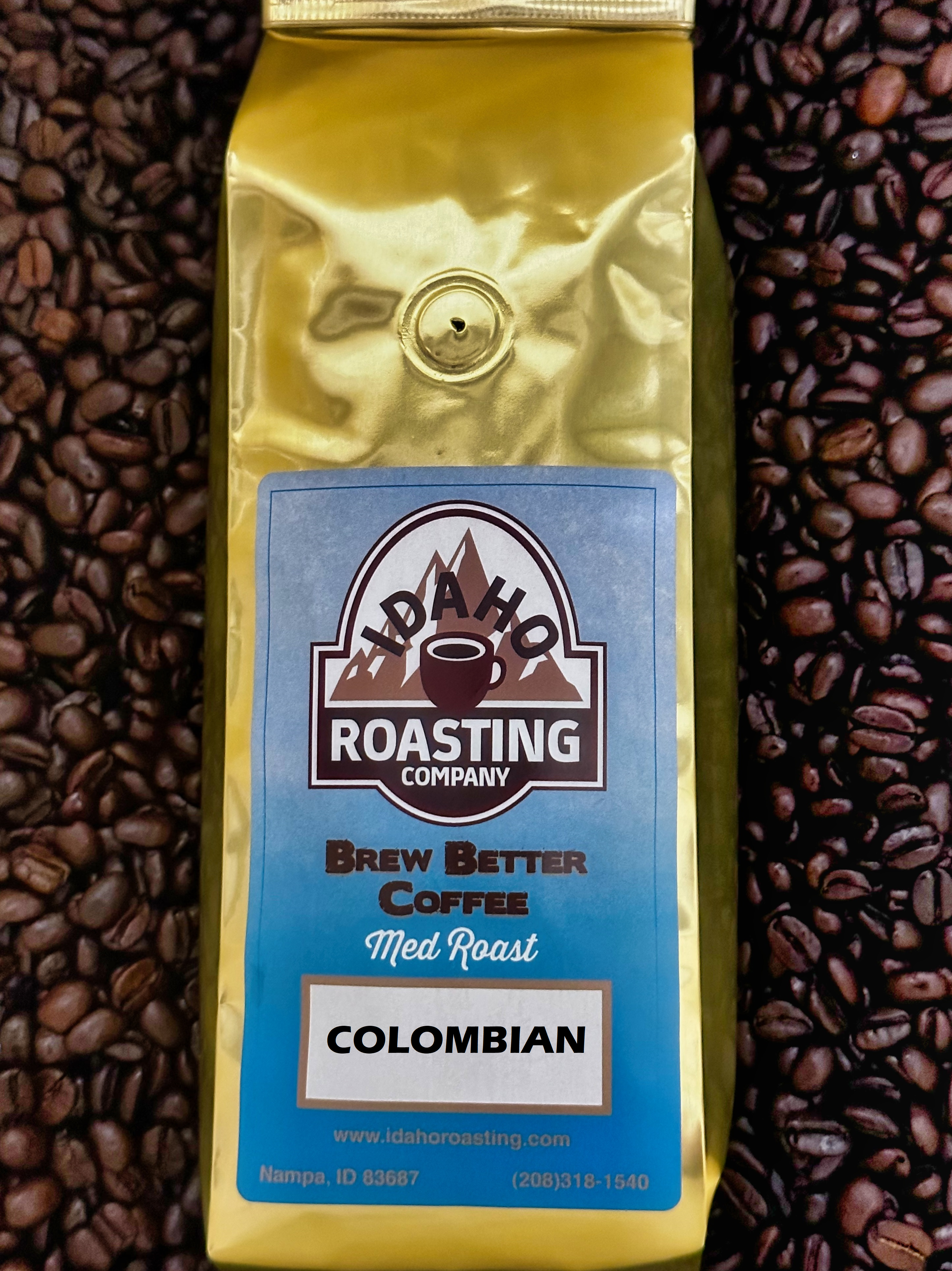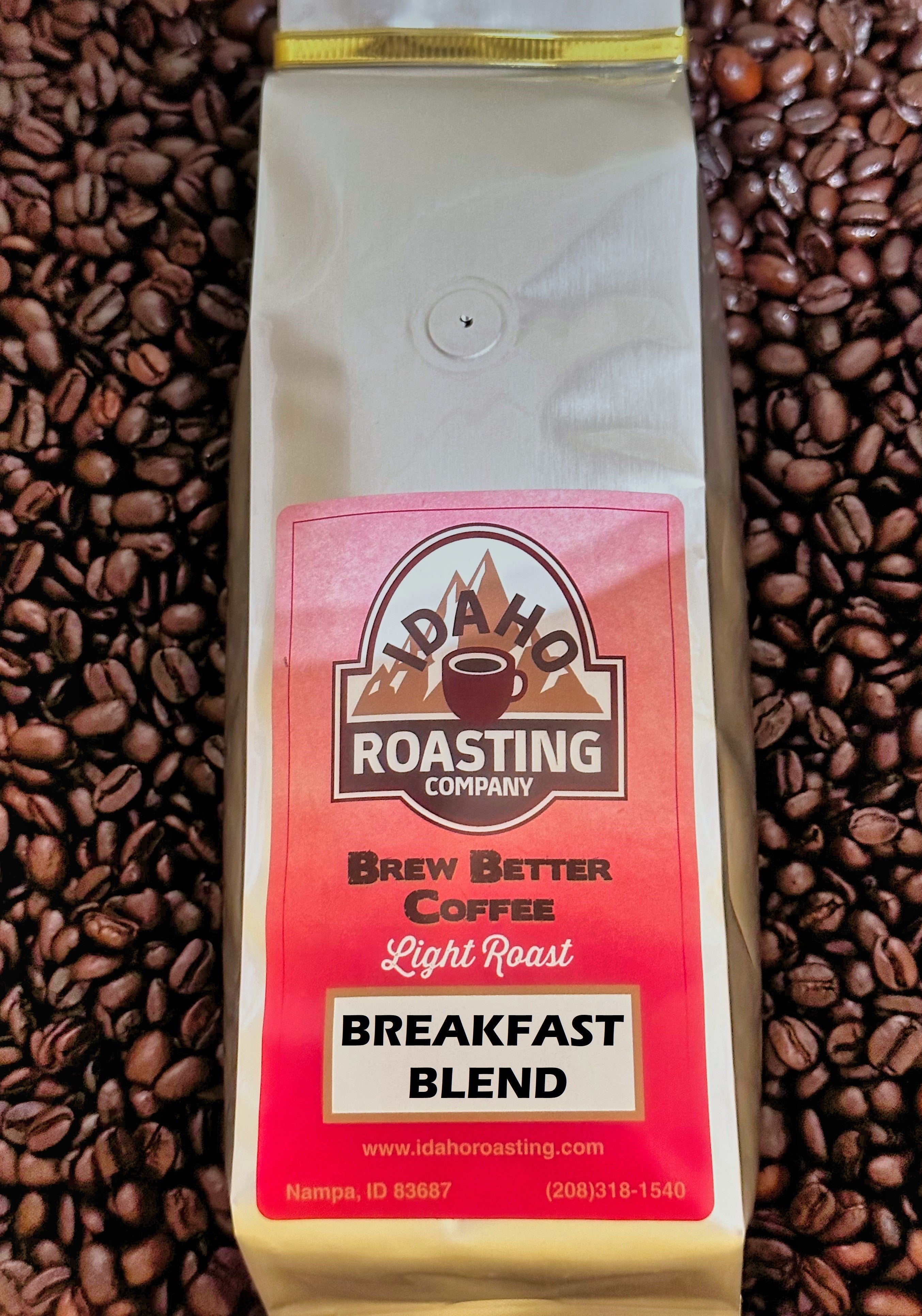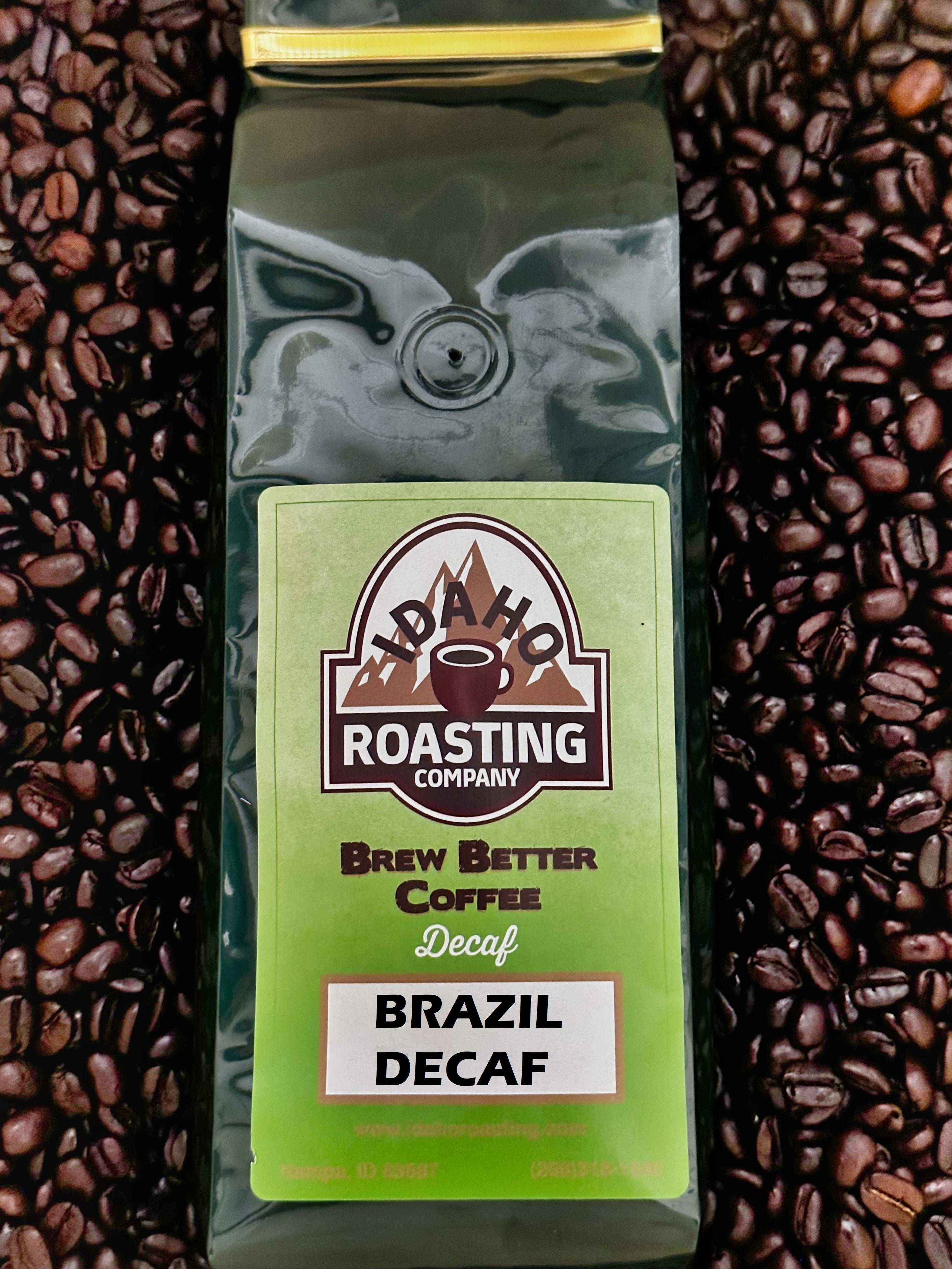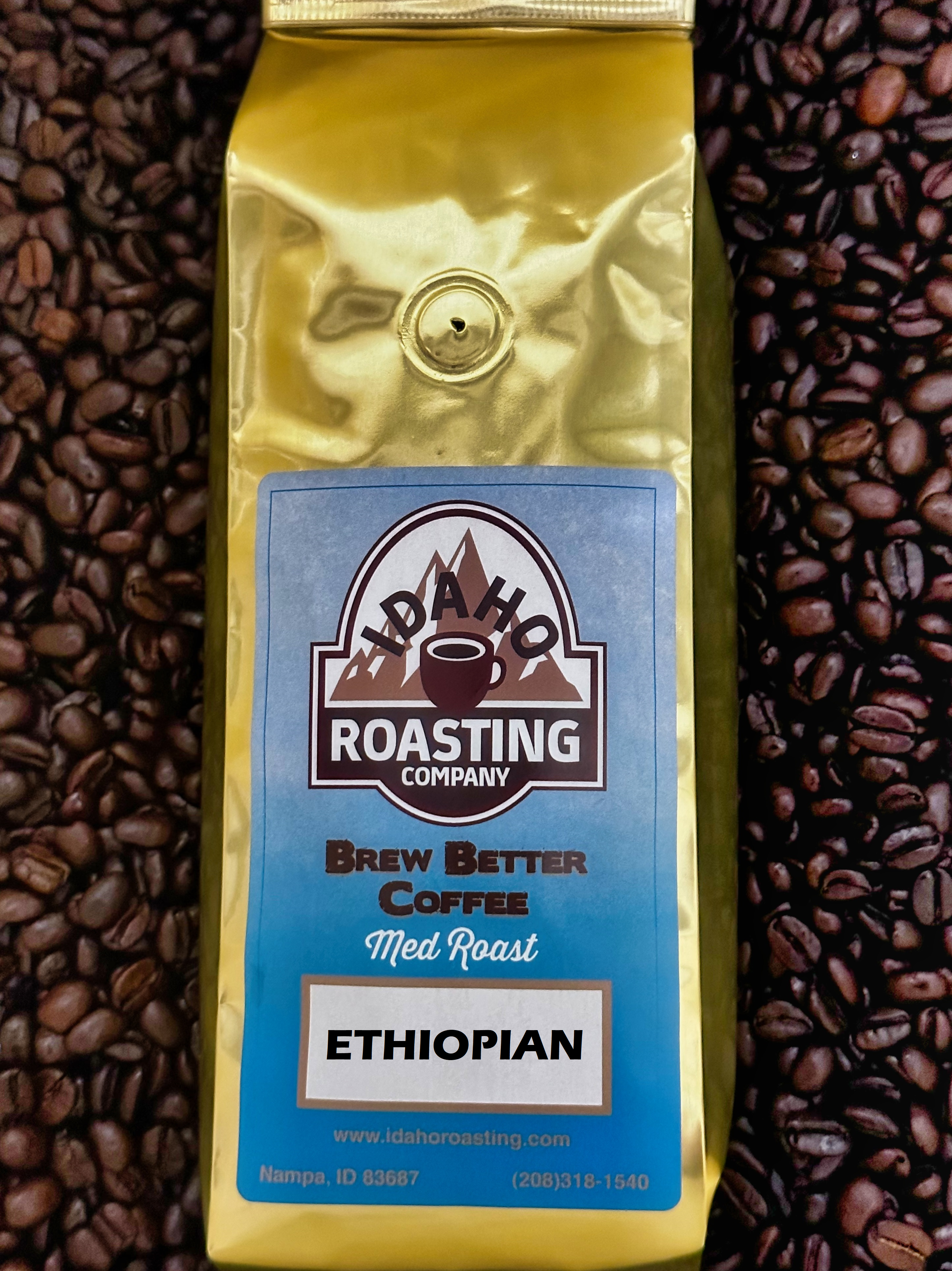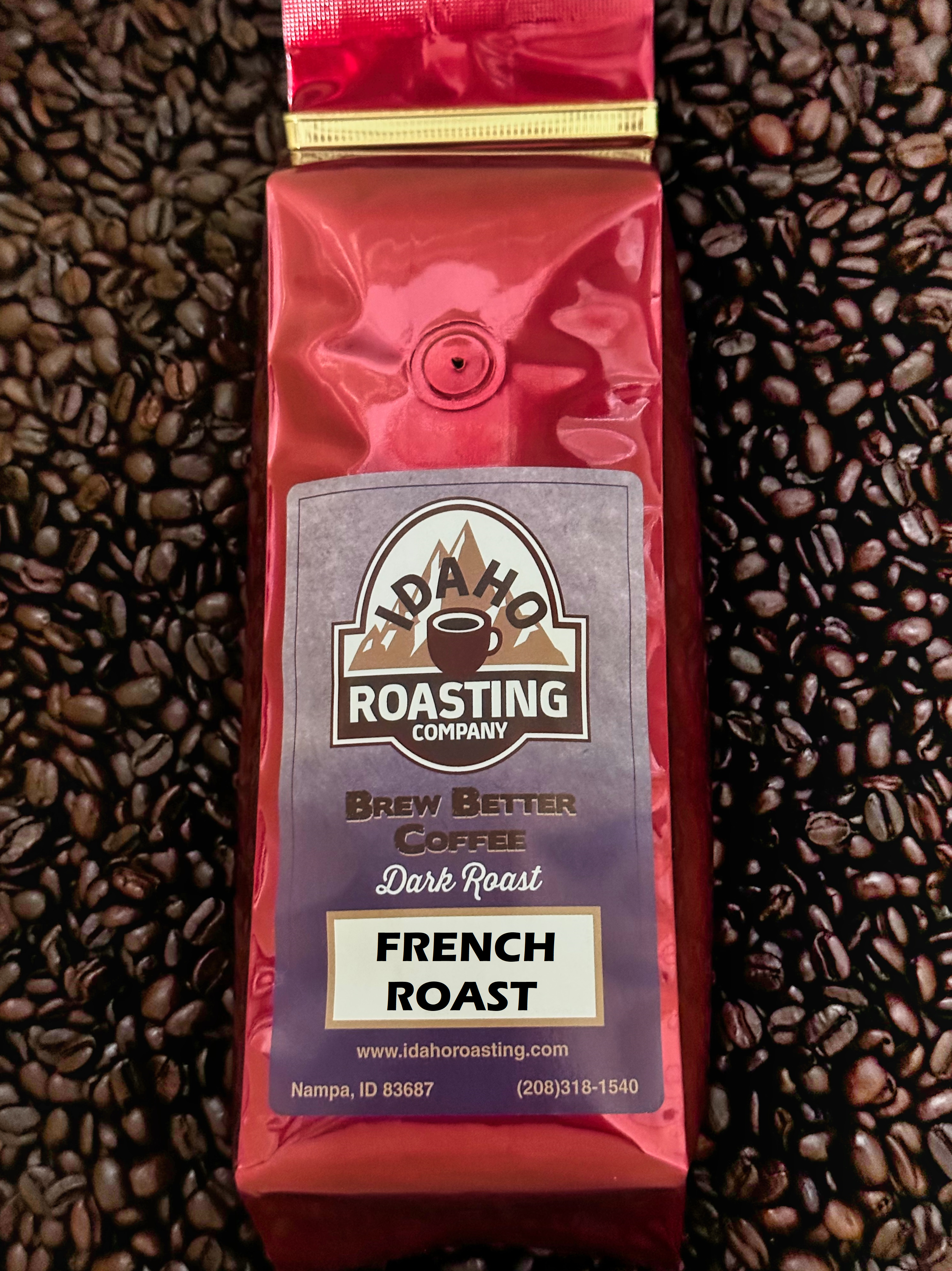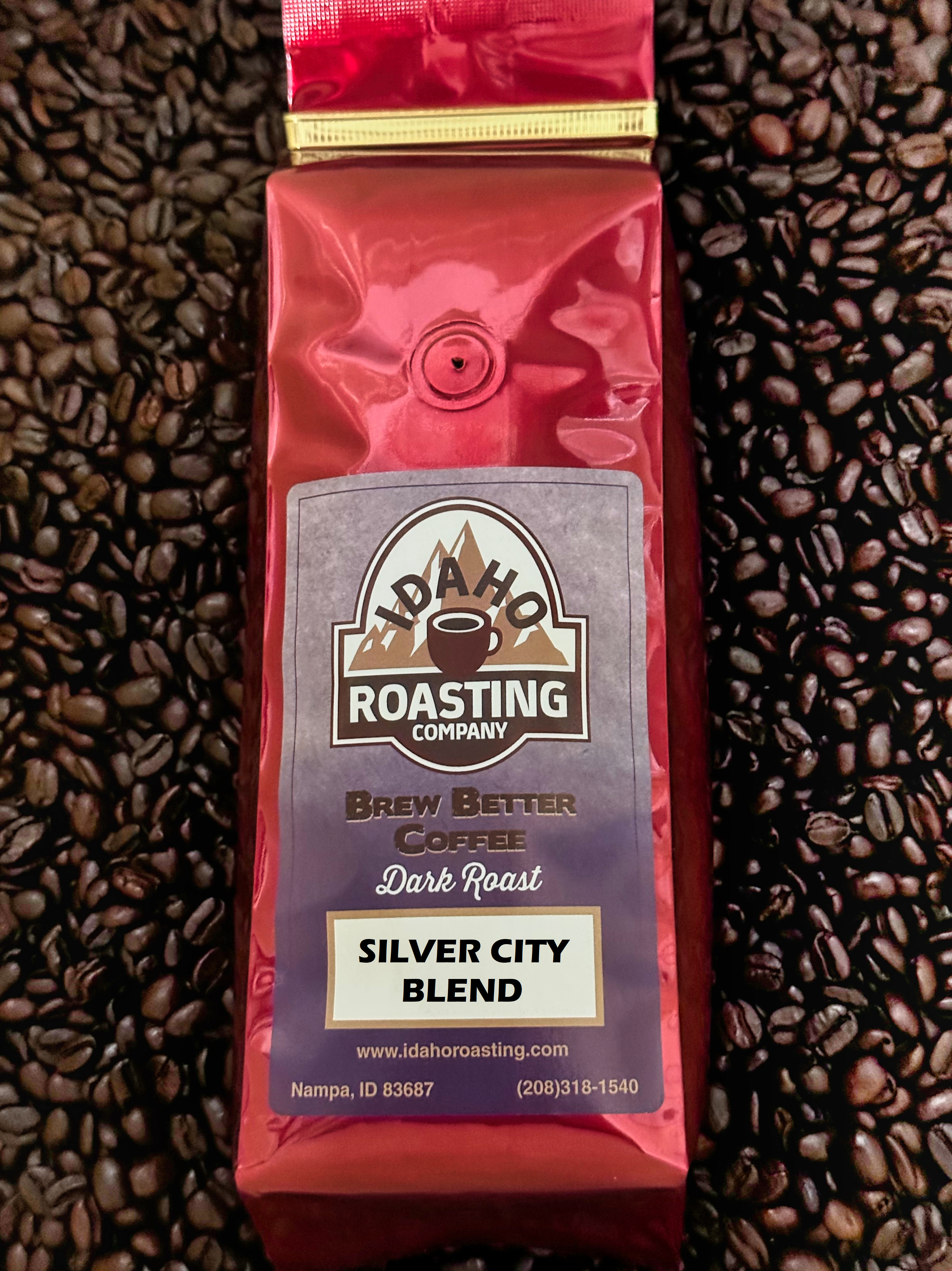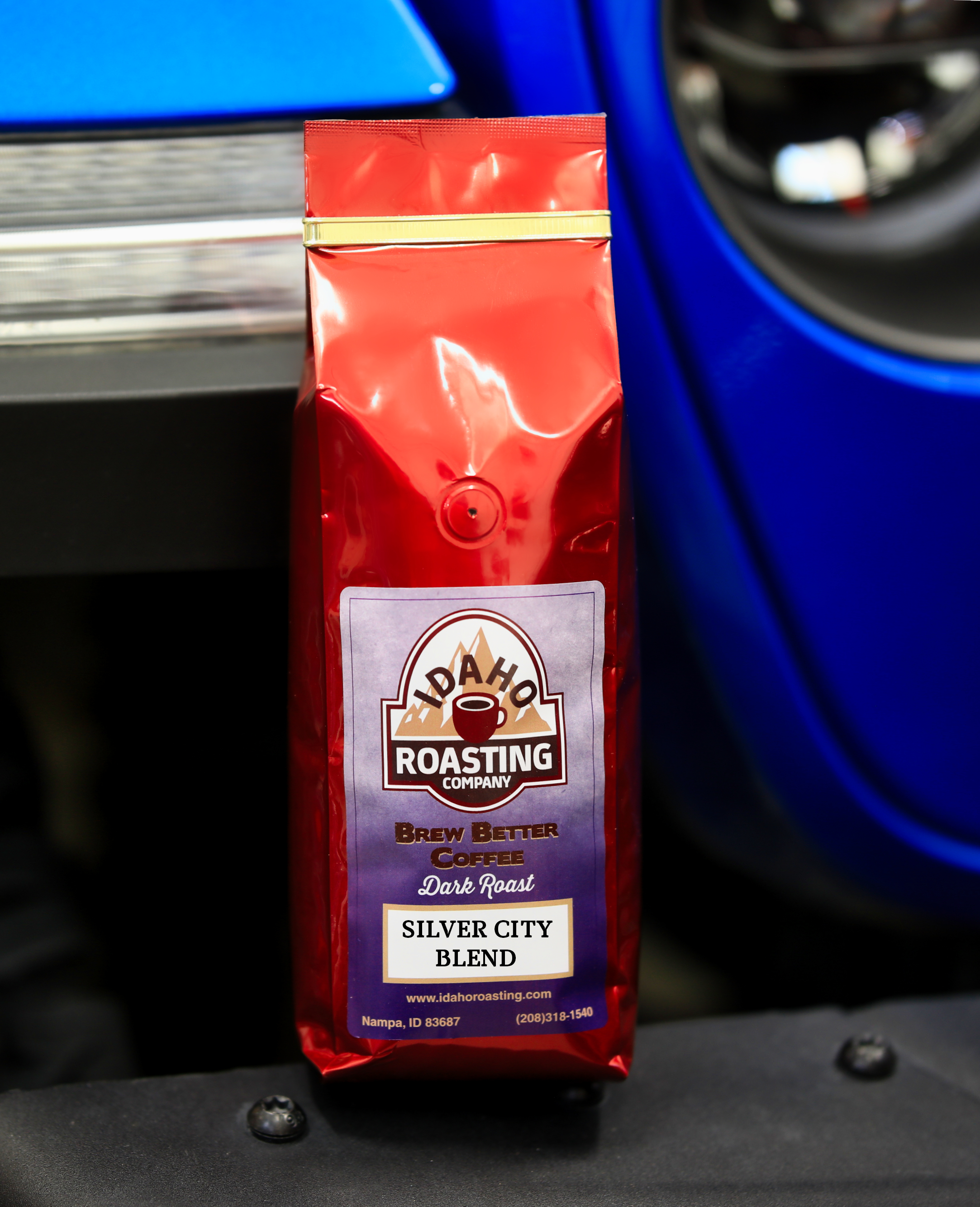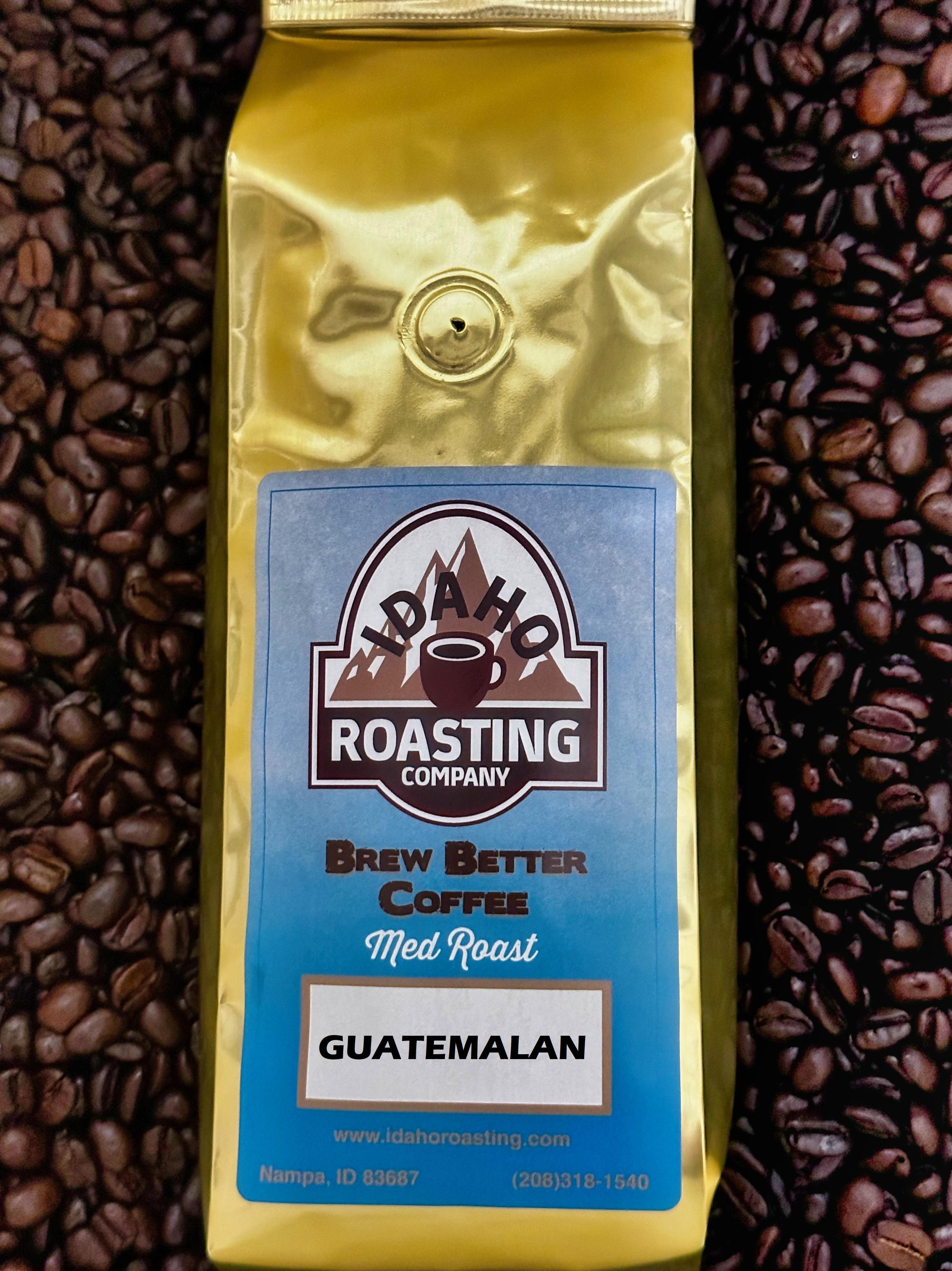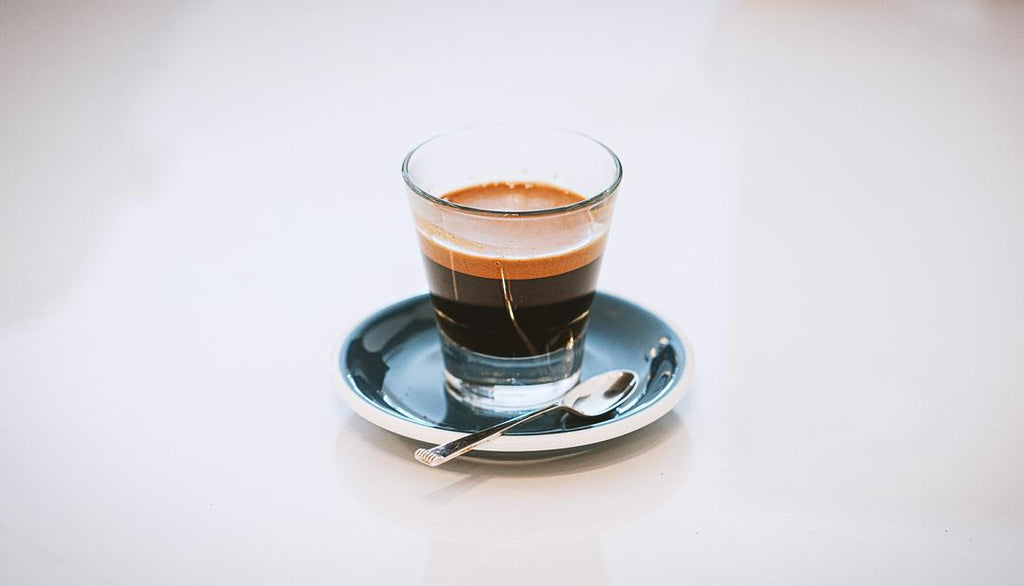
Mastering Espresso Extraction Techniques with Idaho's Artisan Coffee

Espresso—a concentrated coffee beverage with a rich, complex flavor profile—has captivated coffee enthusiasts worldwide. Crafting the perfect espresso shot requires a delicate balance of various factors, from the quality of the beans to the precision of the brewing process.
Among these factors, the grind size and extraction technique play a crucial role in determining the final taste and aroma of the espresso. Mastering the art of espresso extraction involves understanding the intricacies of these variables and how they interact to create a harmonious cup.
In this article, we will delve into the world of espresso extraction, exploring the science behind the process and providing practical insights to help you elevate your espresso game. Whether you're a seasoned barista or a passionate home brewer, understanding the nuances of espresso extraction is key to unlocking the full potential of your coffee beans.
What is Espresso Extraction?
Espresso extraction is the process of forcing hot water under high pressure through finely-ground coffee, resulting in a concentrated beverage with a distinctive crema. This method requires precision and skill to achieve the desired balance of flavors and aromas.
The extraction process begins with the coffee grind: a fine, uniform particle size is essential for optimal extraction. The hot water, typically between 195°F and 205°F (90°C and 96°C), is then forced through the compressed coffee grounds at a pressure of around 9 bars. This high pressure allows for a rapid extraction, with the entire process taking just 20 to 30 seconds.
During extraction, the water dissolves various compounds from the coffee grounds, including oils, acids, and sugars. These compounds contribute to the complex flavor profile of espresso, with notes ranging from fruity and floral to nutty and chocolaty. The key to a well-extracted espresso lies in finding the perfect balance between these compounds—too little extraction can result in a sour, underdeveloped taste, while over-extraction can lead to bitterness and astringency.
Factors Influencing Espresso Extraction
Several factors influence the quality and consistency of espresso extraction:
Grind Size: A finer grind increases the surface area of the coffee, allowing for faster extraction. However, if the grind is too fine, it can lead to over-extraction and bitterness. Conversely, a grind that is too coarse can result in under-extraction and a weak, watery espresso.
Tamping Pressure: The coffee grounds must be evenly compressed (tamped) to ensure consistent water flow and extraction. Applying the proper tamping pressure (around 30 pounds or 13.6 kg) is crucial for achieving a balanced extraction.
Water Temperature: The ideal water temperature for espresso extraction is between 195°F and 205°F (90°C and 96°C). Lower temperatures can lead to under-extraction, while higher temperatures may cause over-extraction and a burnt taste.
Extraction Time: A typical espresso shot should take between 20 and 30 seconds to extract. If the extraction time is too short, the espresso may be under-extracted and lack depth. If the extraction time is too long, the espresso may become over-extracted and bitter.
The Role of Crema
Crema, the golden-brown foam that sits atop a well-extracted espresso, is a hallmark of a quality shot. Formed by the emulsification of coffee oils and the release of carbon dioxide during extraction, crema not only adds visual appeal but also contributes to the espresso's texture and flavor.
A thick, persistent crema indicates a well-extracted espresso, while a thin or quickly dissipating crema may suggest issues with the grind, tamping, or extraction parameters. However, it is essential to note that crema alone does not guarantee a perfect espresso—the ultimate test lies in the taste and balance of flavors.
How to Master Espresso Grinders Extraction Insights
Understanding the nuances of espresso extraction requires a deep dive into the mechanics of grind size, uniformity, and the equipment used. Each of these elements plays a pivotal role in the quality of the espresso, influencing everything from taste and aroma to texture and complexity. Mastering these aspects allows you to tailor each shot to highlight the unique characteristics of the beans.
Grind Size Precision
Dialing in the correct grind size is foundational for achieving an espresso that captures the full spectrum of flavors. The grind must complement the pressure and temperature to ensure an even extraction of soluble compounds. Lighter roasts, often appreciated for their vibrant and subtle flavors, might necessitate a finer grind to fully express their acidity and complexity. On the other hand, darker roasts may benefit from a slightly coarser grind, which can accentuate their richer, chocolatey notes while mitigating potential bitterness.
Regularly adjusting your grinder is crucial to maintaining this precision. Environmental factors such as humidity can affect how coffee grinds, necessitating frequent recalibration to ensure optimal consistency and flavor extraction.
The Importance of Uniformity
Achieving a consistent grind size is essential to prevent uneven water flow during espresso extraction. When the grind is uniform, it ensures that water permeates the coffee bed evenly, avoiding channeling and promoting a balanced extraction. A high-quality burr grinder is indispensable in this regard, as it produces a consistent particle size, crucial for a well-balanced and flavorful espresso.
Burr grinders excel in delivering uniformity by minimizing the presence of fines and boulders, thus enhancing the extraction process. This consistency in grind size translates to a more stable espresso flavor, where the complexity of the coffee can be fully appreciated.
Equipment Considerations
Beyond just the grinder, the espresso machine's capabilities significantly impact the extraction process. Precision in temperature and pressure settings allows for fine-tuning that can bring out the best in the coffee. Consistent maintenance and calibration of both the grinder and espresso machine ensure that they operate at peak performance, reducing the likelihood of variation in espresso quality.
By integrating these insights, you cultivate an espresso experience that is both nuanced and satisfying. Each element, from grind size to equipment, plays a part in crafting a cup that truly reflects the potential of your coffee.
Tips for Espresso Extraction Mastery
A refined espresso experience begins with choosing the right tools. Opt for a precision grinder that excels in creating consistent particle sizes essential for an even extraction. Consistency here is key—ensuring that each particle is uniform allows for a balanced flow of water through the grounds, which is critical in highlighting the coffee's unique attributes. Regularly servicing your equipment is crucial; this practice maintains its efficiency and guarantees that every shot meets the highest quality standards.
Fine-Tune Your Grind
Achieving espresso mastery involves a meticulous approach to adjusting grind sizes to complement different beans and roasting styles. Each coffee type has its own ideal grind setting that brings out the best in its flavor profile. By experimenting with these settings, you can unlock the distinctive characteristics of your beans—whether it's the vibrant acidity of a light roast or the robust body of a dark roast. This precision in adjustment allows for a personalized coffee experience that aligns with your taste preferences.
Explore Bean and Roast Variations
Diving into various bean origins and roast profiles enriches your espresso journey, offering a spectrum of flavors and aromas. Each region and roast level brings its own set of challenges and delights to the extraction process. For example, a single-origin coffee from Colombia may reveal sweet, fruity notes, while a Sumatran variety might offer earthy, spicy undertones. Understanding these distinctions empowers you to refine your methods and fully express the potential of each coffee type.
These insights into espresso extraction elevate the experience beyond mere technique—they invite you to explore and savor the full potential of your coffee. By continuously refining your approach and expanding your coffee knowledge, you can craft an espresso that resonates with depth and complexity.
Mastering the art of espresso extraction is a journey that rewards the curious and the diligent. By understanding the intricacies of grind size, uniformity, and equipment, you can unlock the full potential of your coffee beans and create a truly exceptional espresso experience. Join us on this journey of discovery and let our passion for artisan coffee guide you—explore our range of expertly roasted beans and elevate your espresso game today.


